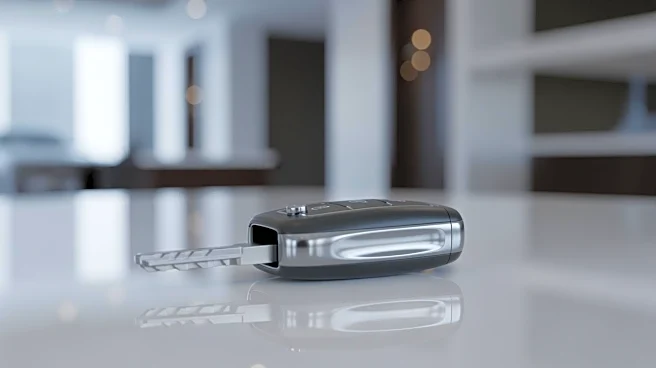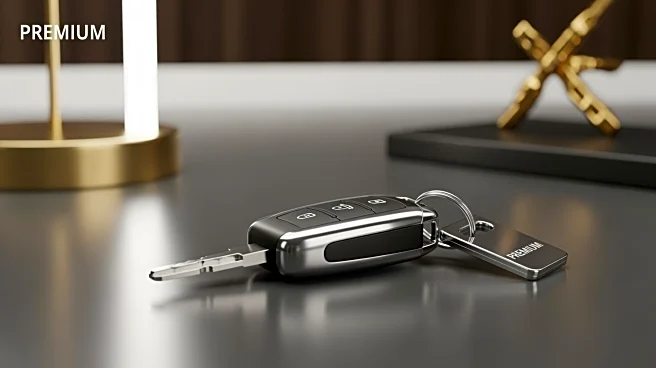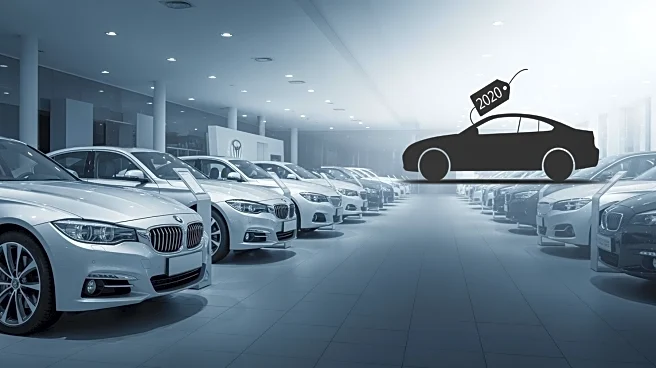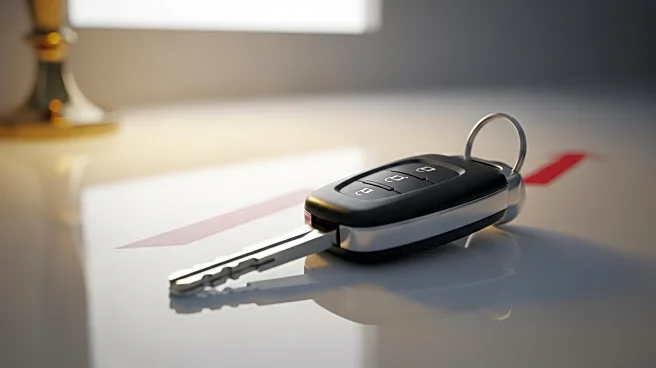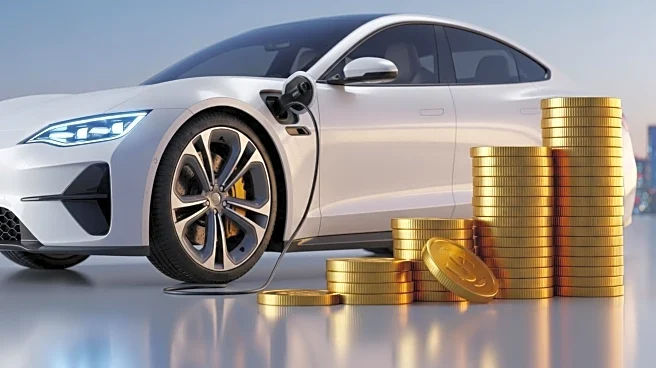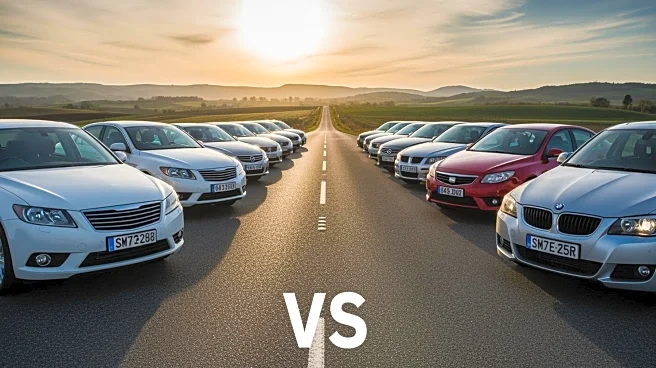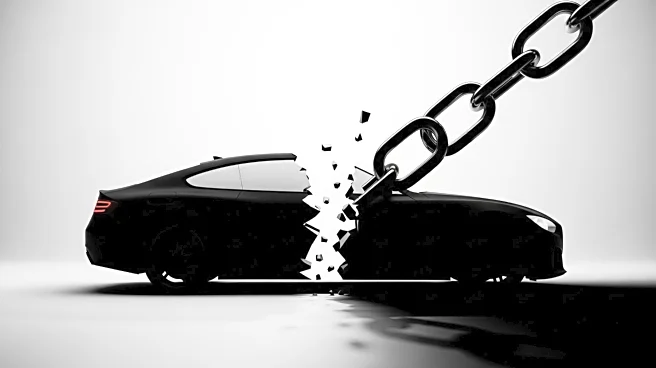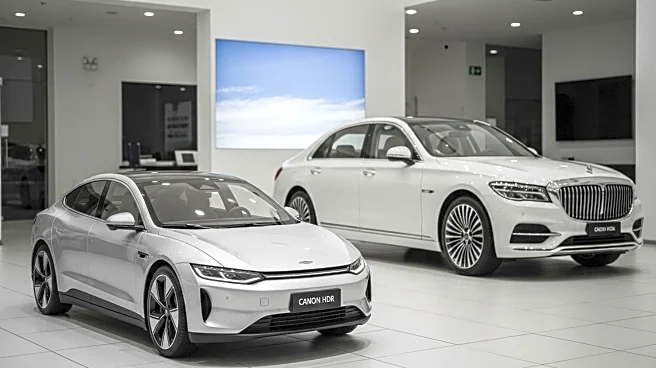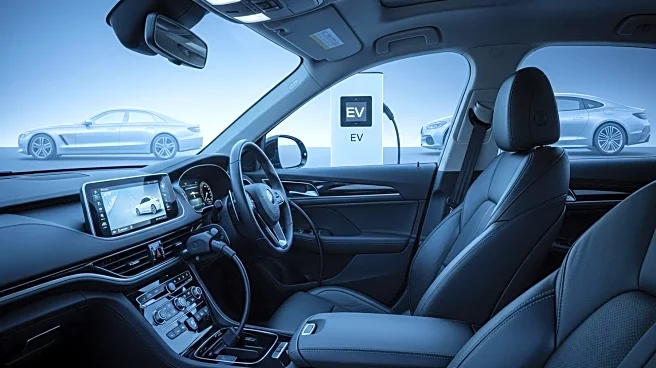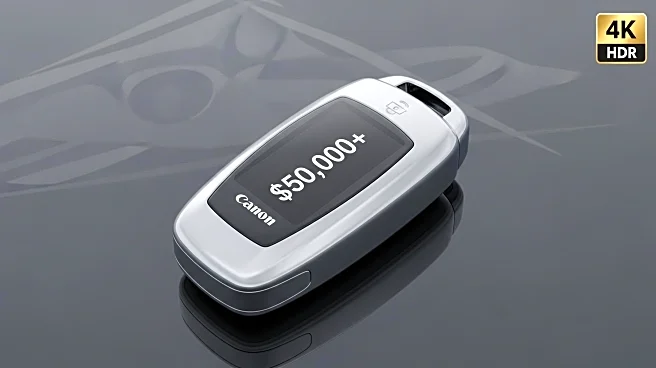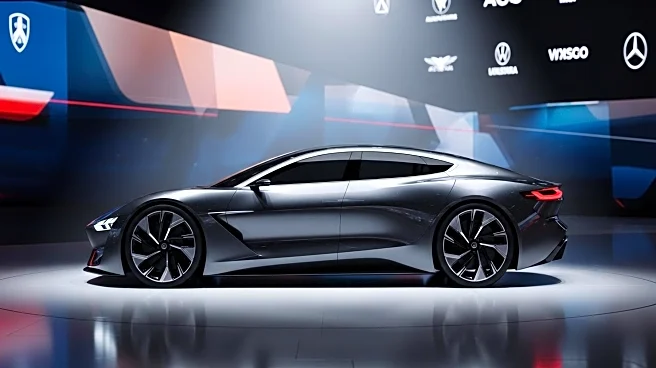What's Happening?
The cost of new cars has reached a record high of $50,000, according to experts who note that the price gap between new and used cars is now minimal. This development reflects ongoing trends in the automotive
market, where supply chain disruptions and increased demand have driven prices upward. Consumers are facing tough decisions as the financial difference between purchasing new and used vehicles narrows, impacting buying choices and market dynamics.
Why It's Important?
The rising cost of new cars has significant implications for the automotive industry and consumers. As prices soar, potential buyers may reconsider their options, potentially leading to increased demand for used vehicles or alternative transportation methods. This trend could affect car manufacturers' sales strategies and influence the broader economic landscape, as higher vehicle costs contribute to inflationary pressures. The narrowing price gap may also prompt shifts in consumer behavior, with more individuals opting for used cars or delaying purchases.
What's Next?
The automotive industry may need to adapt to these pricing trends by exploring new strategies to attract buyers, such as offering incentives or financing options. Manufacturers and dealerships might focus on enhancing the value proposition of new cars to justify the higher costs. Additionally, the industry could see increased innovation in vehicle design and technology to differentiate new models from used ones, potentially driving future sales.
Beyond the Headlines
The record-high new car prices could have long-term effects on consumer habits and the automotive market. As buyers become more cost-conscious, there may be a growing interest in sustainable transportation alternatives, such as electric vehicles or car-sharing services. This shift could accelerate the transition to greener technologies and influence urban planning and infrastructure development.
